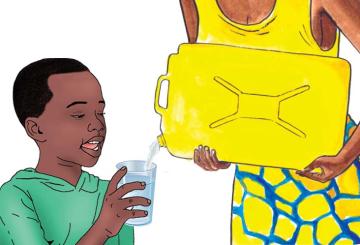Updated Generic C-IYCF Counselling Package, 2024 (UNICEF | 2024)

Key Messages
Included Images

|
Hygiene - Handwashing - 01 - Non-country specific by UNICEF/URC-CHS |

|
|

|
|

|
|

|
|

|
|

|
|

|
|

|
|

|
|

|
|

|
Hygiene - Dishes drying - 01 - CIYCF23 by UNICEF |

|
|

|

